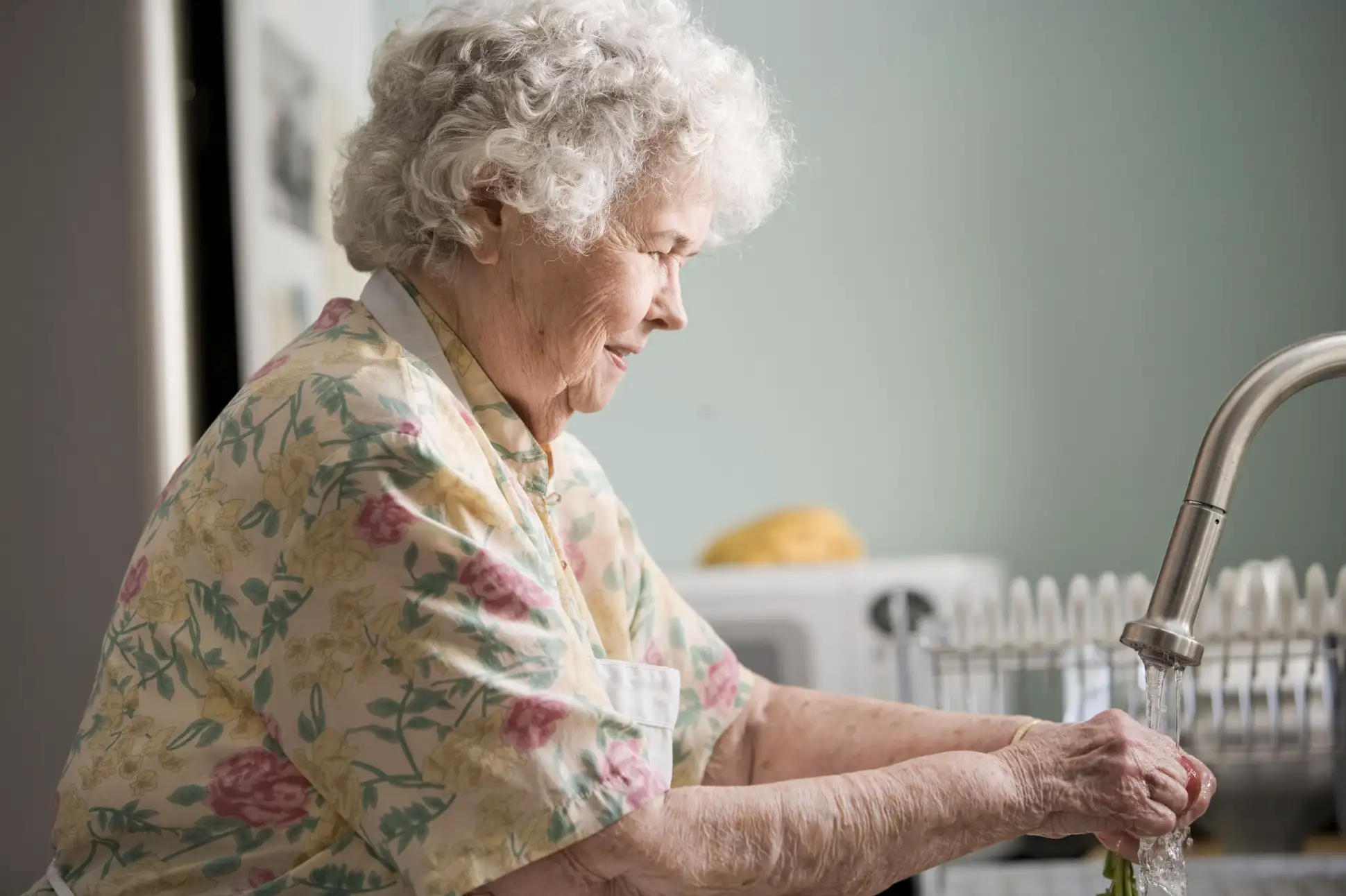The Australian aged care system is undergoing its biggest reform in a decade. Starting from 1 July 2025, the new Support at Home program will replace the existing Home Care Packages (HCP) and Commonwealth Home Support Programme (CHSP). This change can feel unsettling, and it’s normal to have questions and concerns about what it means for you or your loved ones.
This guide is here to provide clarity. We will break down exactly what the Support at Home program is, explain the crucial new role of “care management,” and address the real-world questions and worries people have about this transition.
What is the New Support at Home Program?
In simple terms, the Support at Home program combines the different existing in-home care programs into a single, streamlined system. The goal is to make it simpler to access services and to ensure the support you receive is better coordinated and tailored to your individual needs. Instead of different sets of rules for different packages, there will be one program with a single assessment process and a more flexible budget.
Understanding the Key Changes
Here’s what you need to know about the transition.
1. A Single, Streamlined Program
From 1 July 2025, the multiple programs like the Commonwealth Home Support Programme (CHSP), Home Care Packages (HCP), and Short-Term Restorative Care will be combined into the single Support at Home program. The goal, as outlined by the Department of Health and Aged Care, is to make the system less confusing and more efficient.
2. A New Assessment Process
There will be a single assessment process to determine your needs. If you are already receiving services, you will not need a new assessment unless your needs change. The new process will focus on your individual goals and what support you need to live independently at home.
3. The Introduction of Care Management
This is a key feature of the new program. A dedicated care manager will work with you to develop and manage your support plan, ensuring your services are coordinated and effective. This is a more hands-on role than the previous case management or support coordination.
4. More Flexible Funding
The new program is designed to give you more control and flexibility over your funding. You will have an individual support plan with a budget that you can use for a range of services, including assistive technology and home modifications, through a separate funding scheme.
What is ‘Care Management’ and How Does it Affect Me?
This is one of the most significant changes. Under the old system, you had support coordination, which often focused on rostering services. Care Management is a more hands-on, holistic approach.
| Aspect | Old System (HCP) | New System (Support at Home) |
|---|---|---|
| Role | Support Coordination / Case Management | Care Management |
| Focus | Often administrative; rostering services. | Holistic; creating support plans, regular check-ins, coordinating with health professionals. |
| What to Expect | A point of contact for services. | A dedicated care manager who actively manages your support plan and adjusts it as your needs change. |
Your care manager will be your key partner. They are responsible for working with you to create your support plan, coordinating all your services (even from different providers), and conducting regular check-ins to ensure your plan is still working for you.
Frequently Asked Questions
We’ve looked at the questions people are asking online. Here are the answers to the most common worries.
Do I need to get a new assessment?
No, not automatically. According to the official government updates, existing participants in HCP or CHSP will be automatically transferred to the new program. You will only need a new assessment if your circumstances or care needs change significantly.
Will my current services be stopped or reduced?
The government’s stated aim is to ensure continuity of care. Your current services should continue, but they will be delivered under the new framework of your Support at Home plan. The goal is to match, not reduce, the level of support you are currently receiving.
Will the new program cost more?
The government has not indicated that the new program will cost consumers more. Fee arrangements will be made clearer and more consistent. You will still be expected to contribute to the cost of your care if you can afford to, based on a means assessment, similar to the current system.
What if I don’t like my care manager?
You will have the right to change your care manager if the relationship is not working. A good provider will have a clear process for this. The partnership with your care manager is crucial, and you need to feel comfortable and respected.
I live in a rural area. Will it be harder to get services?
This is a common concern. The government has acknowledged the challenges in rural areas and states that the reforms are intended to improve service access for all Australians, regardless of location. The new funding model aims to give providers more flexibility to deliver services in regional and remote areas.
The move to the Support at Home program is a major shift, but it is designed to create a better, fairer, and more user-friendly aged care system. The introduction of dedicated care management is a positive step towards more personalised and proactive support.
Change can be daunting, but you don’t have to navigate it alone. At MD Home Care, our team is across all the upcoming changes, and we are here to help you understand what they mean for you.
If you have questions about the new Support at Home program, contact MD Home Care today for clear, no-obligation advice.

